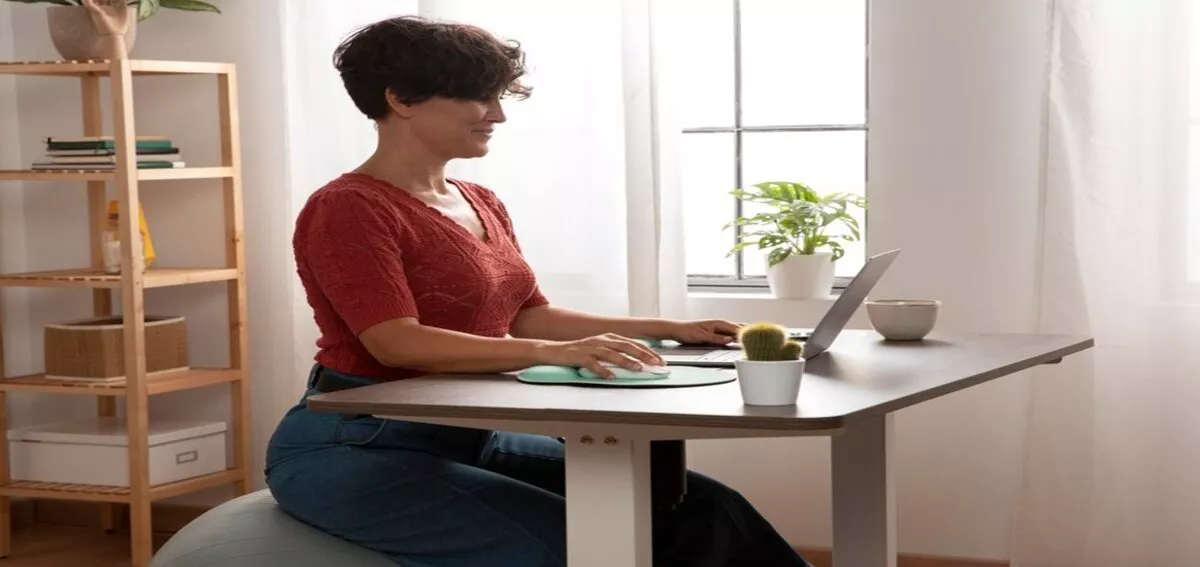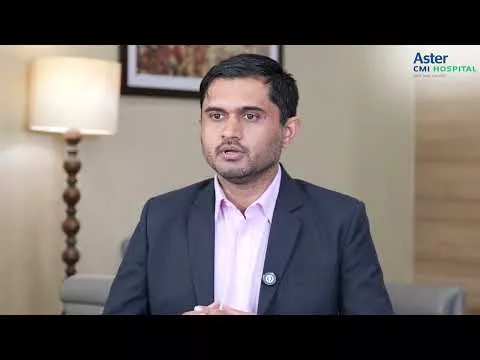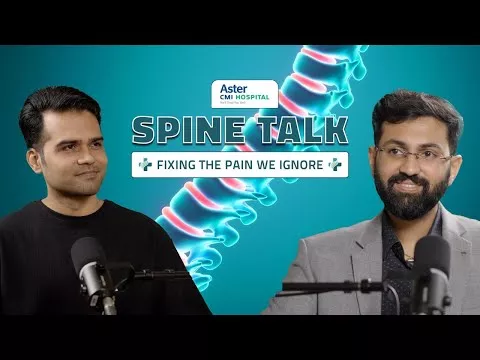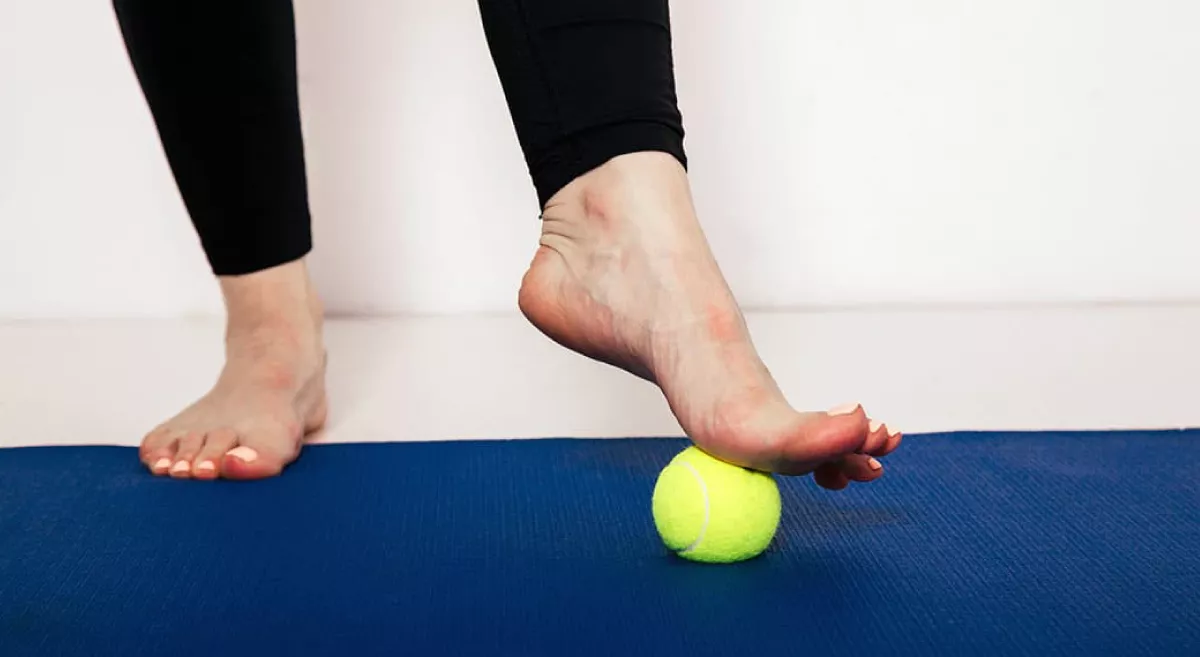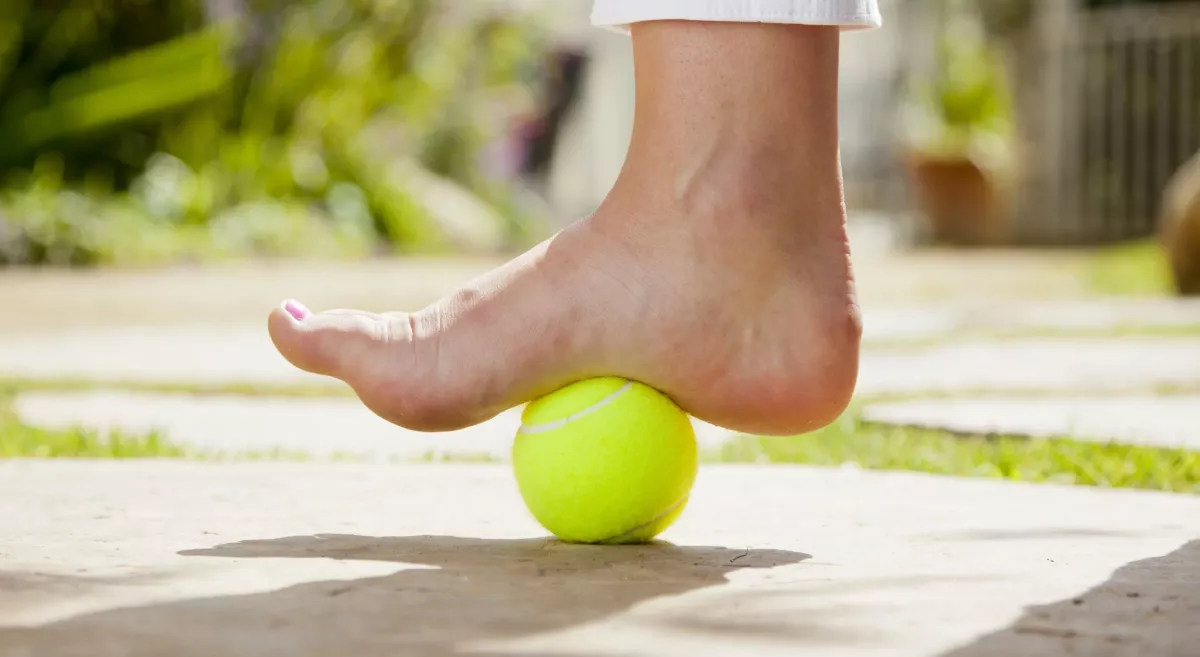Bengaluru is following more of a hybrid work culture post covid – 19. Being Silicon Valley of India, many of the Global MNC’s are located here. 83% of the IT background clientele following work from home model, do not follow the right ergonomics. It is commonly noticed they often use soft sofas, beds, and recliners at home thinking they are more comfortable and would not cause pain, instead, soft couches are the root of genesis of back and neck pain due to spinal malalignment. Prolonged duration of improper sitting ends up in Pyriformis syndrome and gluteal amnesia.
In my clinical practice these days, I find 75% of youth of the age of 20 yrs. to 35 yrs. have low back pain whereas individuals in their early 40’s complain of both back and neck pain. The best solution to avoid neck and back pain is to follow the right Ergonomics. Follow the rule of 20 -20 -20 for healthy eyes, take a minimum of 45 seconds break after every 40 min, follow the rule of 90 – 90 – 90 at all joints while sitting in chair. You can get immediate results by simply following the right ergonomics and not by investing in high-cost chairs and tables. Do the right exercises like Pilates even while at work, for instance, chin tucks, mid-back retractions, gluteal squeeze and soleus push-ups to prevent multiple aches and pains in the body.
Case study 1:
A young boy of the age of 33 yrs. came to Emergency in night with acute neck pain, radiating to the mid back and left arm. Looking at the signs and symptoms, he was taken for an immediate cardiac evaluation, wherein fortunately his ECG, Echocardiogram, and Troponin were all normal. But the biggest question was that the pain was still not settling, so he was given tramadol injection as a first aid. His pain did come down after a few hours, but the pain was the same next day. Thus, he was referred to the Physiotherapy department. After doing our assessments, it was observed that he had plenty of trigger points in his mid-back and neck. X – ray showed early spondylitis all culminating to poor posture at work. His muscles were quite weak and some under spasm because of faulty ergonomical practice. He was then treated with pain management modalities and myofascial release, dry needling, scapular rehabilitation, and postural correction stretches. He was 60 – 70 % better with no invasive medical treatment. Workspace evaluation, theraband strengthening exercises and ergonomic correction were done in the successive sessions which benefited him with 100% relief in just 5 sessions.
Case Study 2:
A young boy of age 26 yrs, came with a complaint of Low back pain radiating down to the Left foot with numbness of great toe to the Orthopaedician, he was treated with heavy NSAIDS for 10 days, after which the pain came down by 30% but still, he had symptoms on sitting after 10 minutes of work. Thus, he was referred to the Physiotherapy department. On assessment, it was found that the boy was having extremely tight hip muscles(piriformis)and low back muscles (quadratus lumborum) and a weak anterior thigh muscle (ilio psoas) due to long 10 hours of continuous work on his laptop with insufficient number of breaks. He had also taken a long leave from his office to take care of his pain as he had been suffering for the past one month wherein, he couldn’t even sit for 2 minutes in his chair and work effectively. On treating him with basic strengthening and posture correction exercises, his pain started coming down. His sitting capacity had improved to 30 minutes in 15 days of Physiotherapy.
